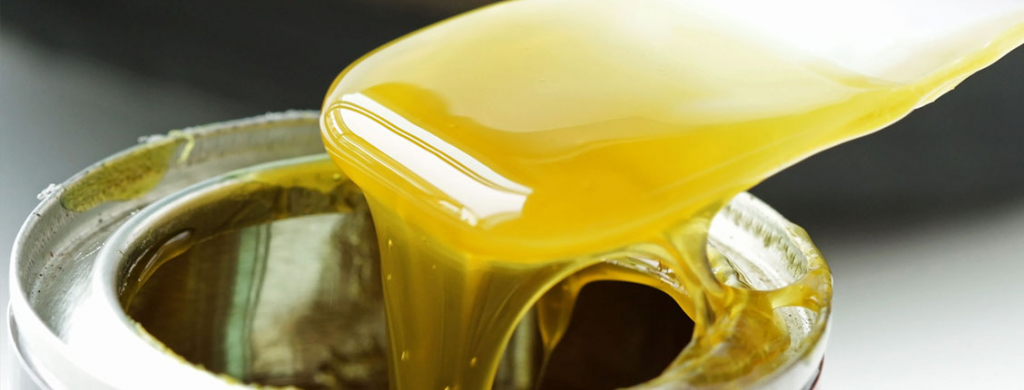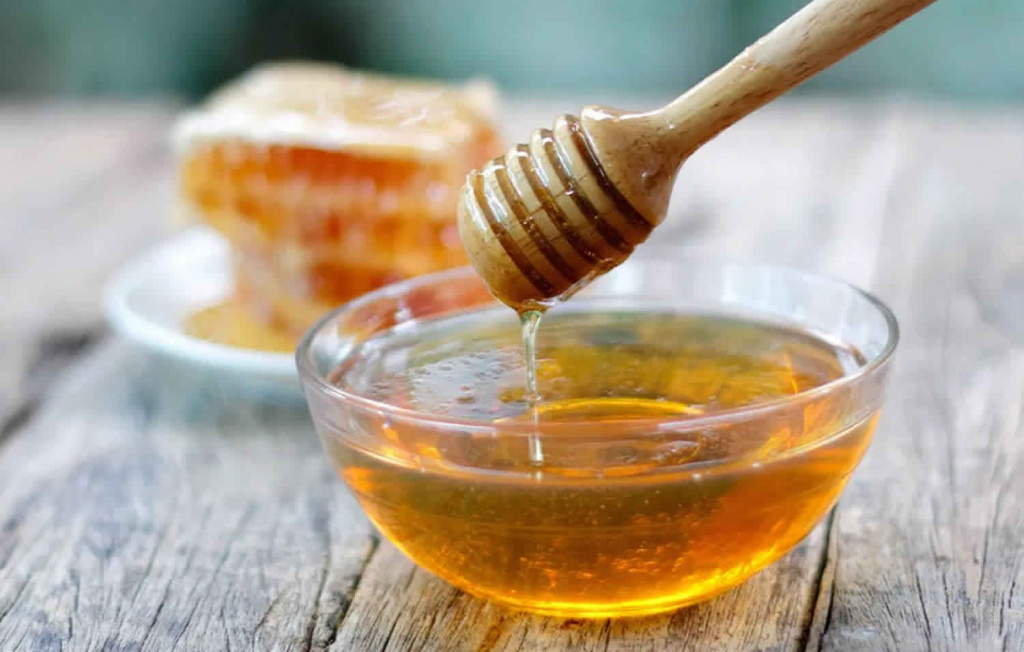
Not someone who is in the chemical industry? Don’t worry, you will get help from this post. Let’s find out what is thixotropic and further explanation about it. But first, take a look at thixotropic agent Malaysia before continuing reading. In this post, you will get to know the main aspects you need to know about thixotropic. You might be someone who is already in the chemical field or about to, right? Thixotropic or thixotropy could be something that you might encounter while you are working or studying, hence why you need to stay on this site until the end. You will get excited about how interesting and exciting this topic is.
Thixotropic Explained
Thixotropy is a condition of both fluids and gels turning a lot thinner when a force that is constantly present is being applied and when the force is reduced, the initial state would be recovered by viscosity in a certain time. If the force that is applied increases, the viscosity will be reduced. Basically, thixotropy is a time-dependent phenomenon. Let’s get back to the olden days when the name was created. In Greed words, “thixis” means to touch and “trepein” means to turn. Simply means that it explains the changing process of the substance.
Thixotropic Behaviour and Non-Thixotropic Behaviour
A thixotropic compound contains decreased structural strength that comes with a higher load. After a certain period of time, it recovers completely and needs to depend on the application while needs to be defined as it is for the test. This is for the thixotropic behaviour and it is a significant characteristic of materials such as coatings and paints.
As for the non-thixotropic behaviour, the structural strength decreases too, just like in thixotropic behaviour. But the difference here is it decreases while shearing but after a certain period of time, the viscosity does not fully recover. It stays the same size which is thinner than it is supposed to be, indicating that it does not fully recover.
Examples of Thixotropic

Many things can be considered thixotropic materials. Colloids, gels, and food products are among them. But the main properties are mainly important in coatings and paints, as mentioned in the previous subtopic. Other than these items and materials, there are natural examples of thixotropic too. Have you heard of lahar? It is the result of a volcanic event and also a natural example. Certain types of clays can be classified as thixotropic too. Foods such as manuka honey, heather honey, yoghurt and ketchup are among natural examples of thixotropic that can be easily found at your home. Take a look at yourself, something inside you is also thixotropic. For instance, semen. What you use daily, such as lipstick is also one of them. These items can be encountered easily and you might have no idea that they are a part of thixotropic.
Now that you have learned about thixotropic, do you find it interesting? There are many items around us that appear to be one of the examples of thixotropic. Hence, you might want to learn more about it and it is advisable for you to find out more information regarding this.
